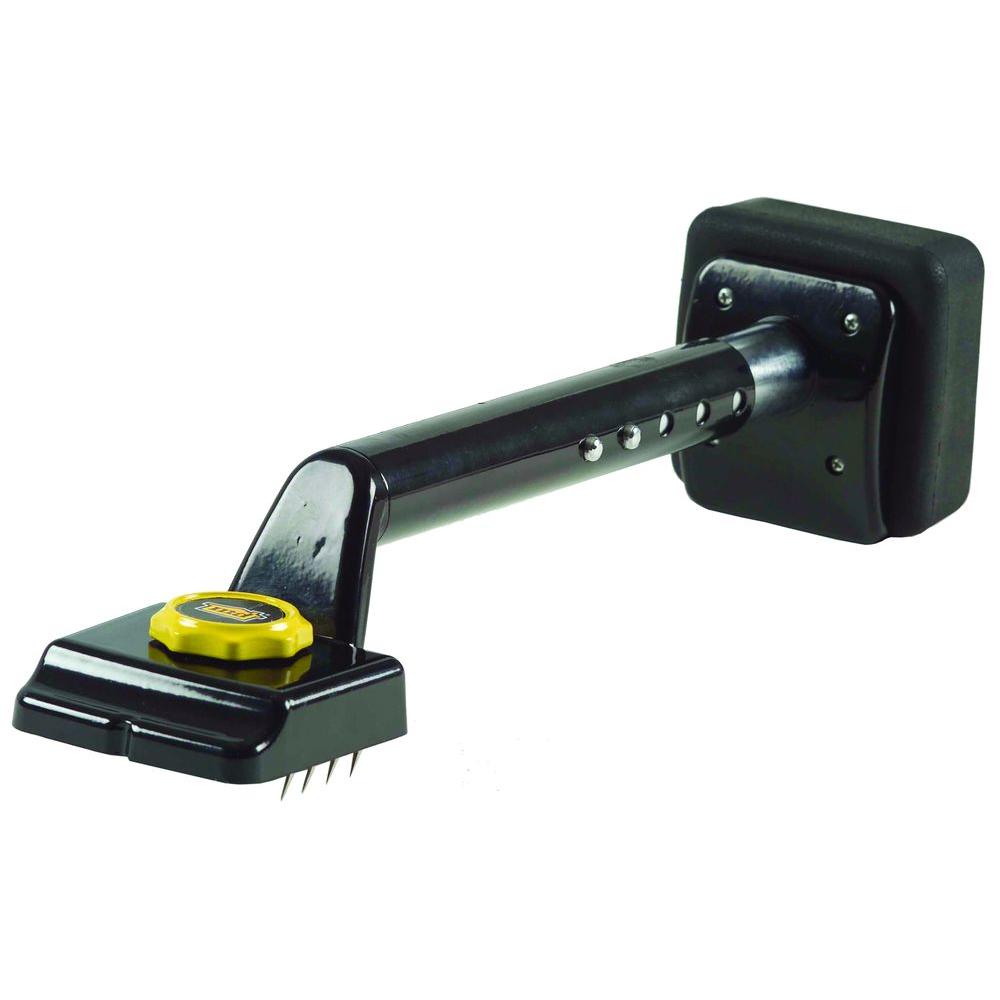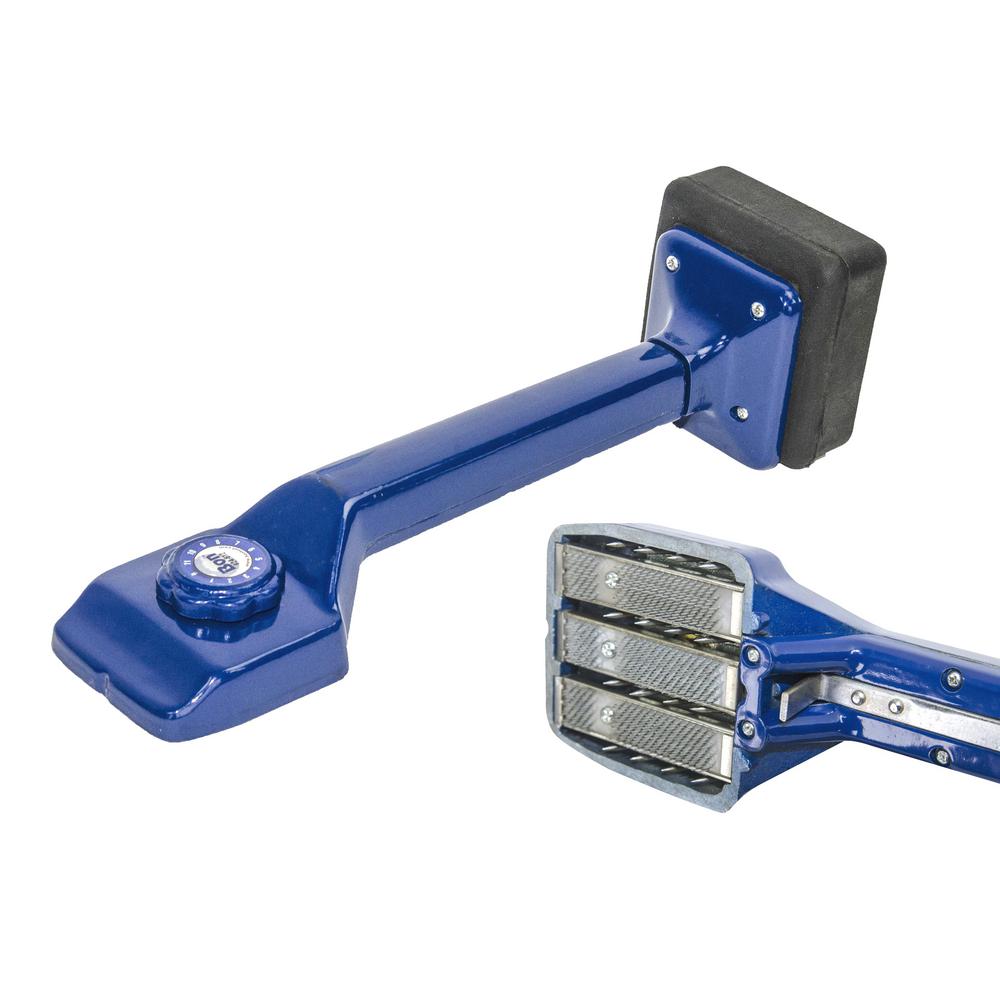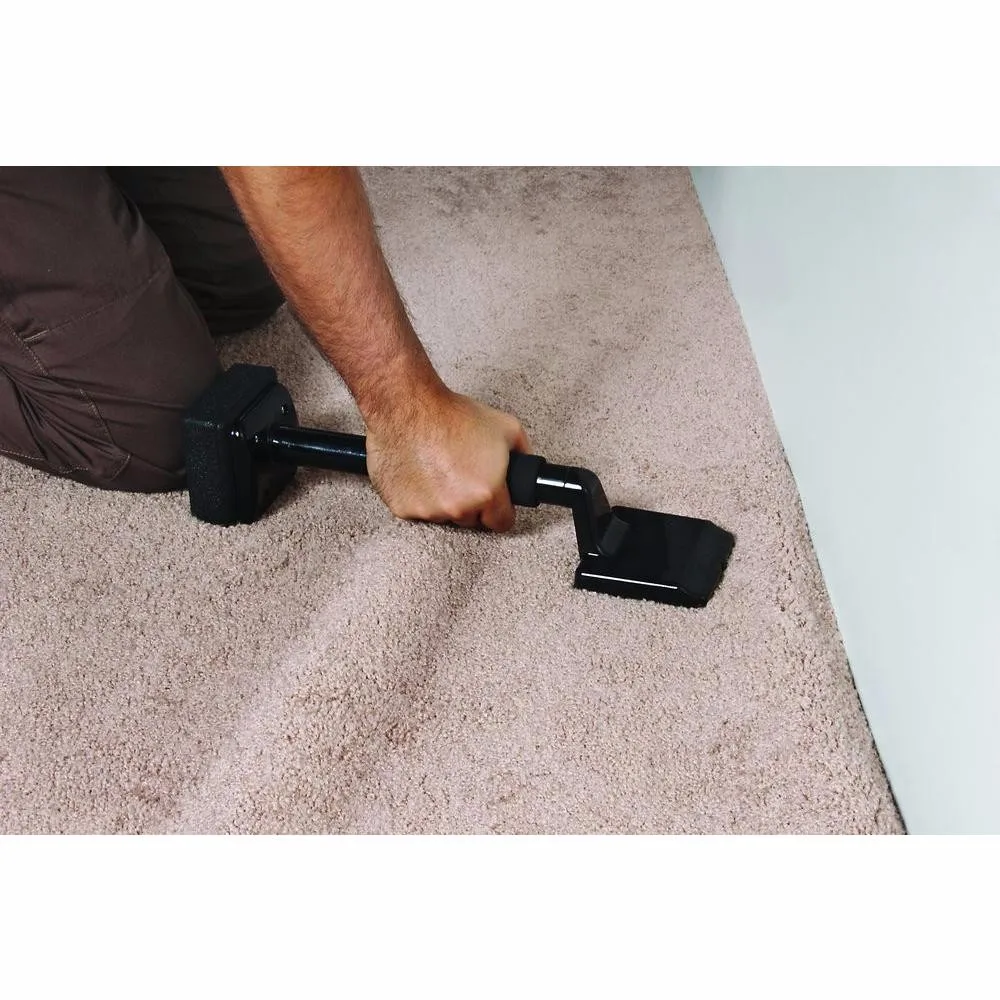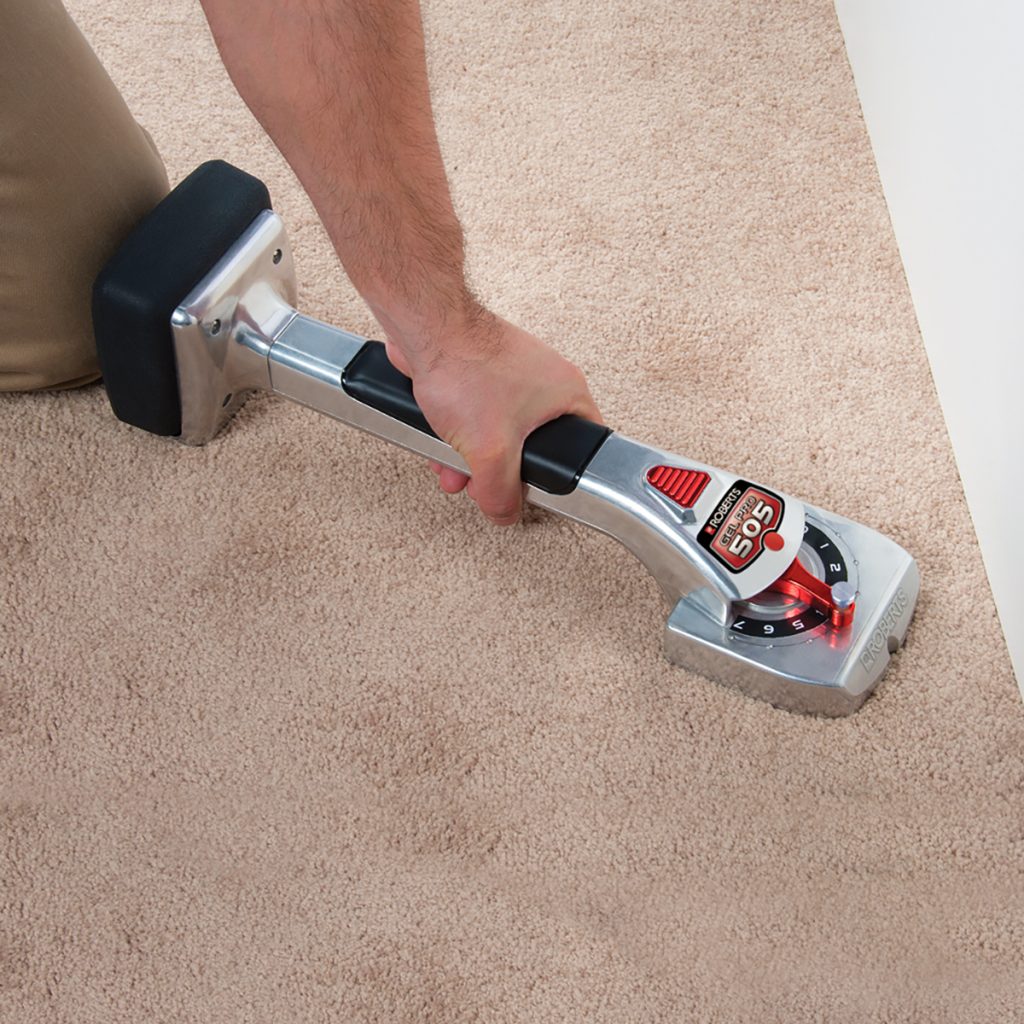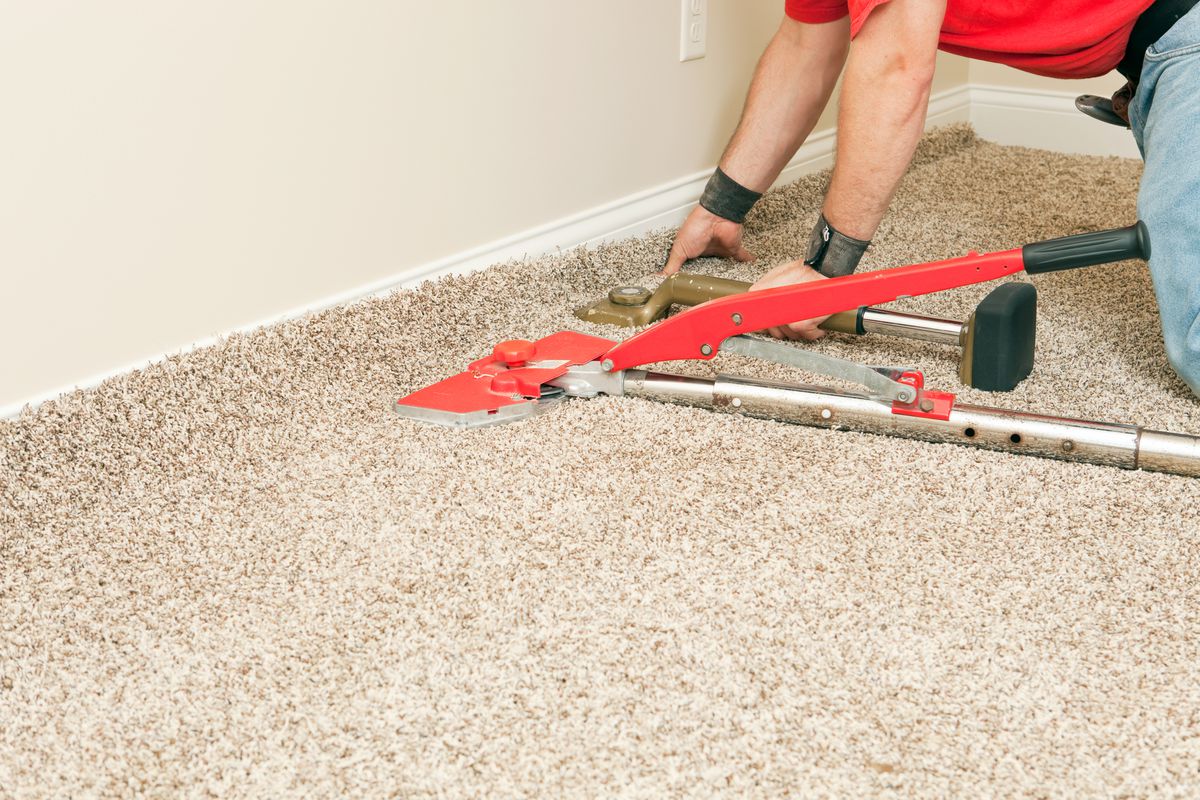Knee Kicker For Carpet Installation

The rhythmic thud of the knee kicker, a tool synonymous with carpet installation, is increasingly being met with a growing chorus of concern. Carpenters and installers are raising alarms about the long-term physical toll the device takes on their bodies. Years of repeated impact are leading to a surge in reported knee, hip, and back injuries, casting a shadow over the future of this trade.
At the heart of the issue is the knee kicker itself. It is a handheld tool used to stretch carpet into place during installation. The nut graf is that while efficient, its repetitive, high-impact nature places immense stress on the musculoskeletal system, resulting in chronic pain and potentially debilitating injuries, prompting calls for safer alternatives and stricter safety protocols within the industry.
The Physical Toll: A Body Under Siege
Carpeting professionals face a unique set of physical demands. Hours spent kneeling, bending, and applying forceful kicks to the knee kicker accumulate significant stress over time.
Dr. Emily Carter, an orthopedic surgeon specializing in work-related injuries, notes a significant increase in cases related to carpet installation. "We're seeing a high incidence of osteoarthritis, bursitis, and meniscus tears in the knees, as well as chronic back pain and hip impingement," she stated, citing data from a recent study conducted at the Occupational Health Clinic in Minneapolis.
The forceful impact of the knee kicker, repeatedly applied against hard surfaces, creates a cumulative effect. This leads to inflammation, cartilage damage, and the eventual breakdown of joint structures.
Voices from the Field: Personal Accounts of Pain
"I started noticing the pain after about ten years," explains Mark Johnson, a carpet installer with over 20 years of experience. "It started as a dull ache in my knee, but now it's a constant throbbing. Some days, I can barely walk."
He continues, "The worst part is, I know it's the knee kicker. Every time I use it, I feel that jolt going straight through my knee. It's just not sustainable." Many other installers echo similar sentiments, describing a constant battle against pain and the fear of permanent disability.
According to a survey conducted by the Carpenters Union Local 27, over 70% of their members reported experiencing knee or back pain related to their work. Furthermore, nearly half of those surveyed said they had considered leaving the profession due to the physical demands.
Seeking Solutions: Ergonomics and Innovation
The growing awareness of the problem has spurred a search for safer alternatives. Ergonomic modifications to the knee kicker itself are being explored, including improved padding and shock absorption.
However, many argue that these modifications are merely band-aids on a deeper issue. The real solution lies in developing alternative methods for stretching carpet that minimize or eliminate the need for forceful impact.
Some companies are experimenting with power stretchers and other mechanical devices. These tools offer a more controlled and less physically demanding approach to carpet installation.
The Role of Training and Regulation
Proper training is also crucial. Instructors are emphasizing the importance of correct posture, body mechanics, and the use of protective gear.
Furthermore, some are advocating for stricter regulations regarding the use of the knee kicker, including mandatory breaks and limitations on the number of hours spent using the tool per day. "We need to treat this as a serious occupational hazard," says Janice Miller, a safety consultant specializing in the construction industry. "Without proper regulations and enforcement, workers will continue to suffer."
The Cost of Inaction
The consequences of inaction are significant, both for individual workers and for the industry as a whole. Increased rates of injury and disability lead to higher healthcare costs and reduced productivity.
Moreover, the physical demands of the job are deterring younger workers from entering the profession, potentially leading to a shortage of skilled carpet installers in the future. The Bureau of Labor Statistics projects a modest growth in the demand for flooring installers over the next decade, but this growth could be hampered by a shrinking workforce.
Looking Ahead: A Call for Change
The future of carpet installation hinges on addressing the health and safety concerns surrounding the knee kicker. A multi-pronged approach, involving ergonomic innovation, improved training, and stricter regulations, is essential.
The industry must prioritize the well-being of its workers and invest in solutions that minimize the risk of injury. Ultimately, a safer and more sustainable approach to carpet installation will benefit both the workers who perform the job and the customers who rely on their expertise.












